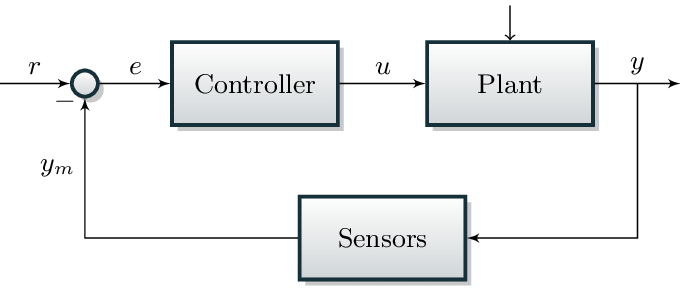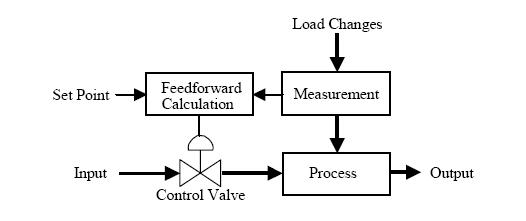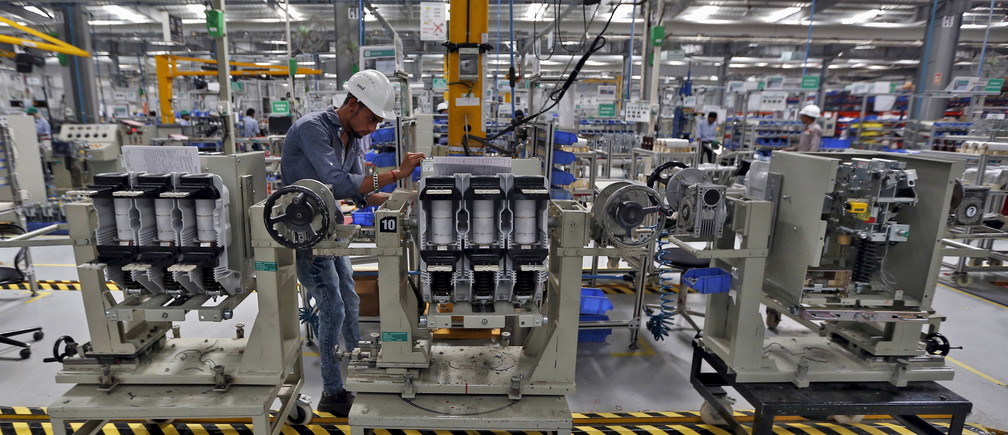Feedback Vs. Feedforward Control Systems
22 June, 2020 | Engineer, Engineering, Industrial Engineering, Feedback Control System, Feedforward Control System

The field of Industrial Engineering primarily concerns itself optimizing complex systems and finding ways to make machines, processes, workers, and organizations as efficient as possible. Naturally, industrial automation has become a significant focus, an industry-wide move that has allowed us to cut costs, increase quality, raise the level of worker safety, and maintain a higher manufacturing quality than ever before.
The future holds even more of this, especially as we move closer and closer to highly adaptive, fully automated factories, machine to machine networking, nanotech sensors, and extremely sophisticated control systems. While all of this is still relatively far off, our current technology still provides several benefits for industrial engineering at large. It plays a vital role in the efficiency we’ve achieved thus far. Both feedback and feedforward systems are part of this. Just what are they though, and what pros and cons come attached? Read further to find out more.

Feedback and feedforward systems are both control systems that automatically use specialized sensors to react to dynamic changes. What differs among them is what particular scheme they use when responding to these factors. A feedback system measures a determined variable and reacts anytime there is a shift. For example, home thermostats fall into this category, with the machine measuring ambient temperature and activating the furnace or AC should the temperature rise or fall beyond its set point.

Meanwhile, a feedforward system may measure several other variables in addition to the main one. The control will then anticipate how those variables will impact the primary and automatically adjust so that deviations are dramatically minimized or even stopped before they can ever affect the controlled variable. Unlike the feedback control, an approximate process model should be available, in particular, one that knows how the controlled variable responds to disturbances and manipulated ones. However, it’s essential to recognize that these are precisely that: approximate. Not all changes are measured, nor can the process model be assured as wholly accurate. As such, this system is incredibly useful but not necessarily foolproof. Feedback systems should always be used in tandem with feedforward to help compensate for that issue.

The Advantages and Disadvantages
As with any different type of control system, feedback and feedforward controls come with their own unique set of advantages and disadvantages. Feedback systems have the benefit of starting corrective action as soon as there is any deviation from the setpoint, regardless of why or how that deviation happened. It also tends to be rather versatile and straightforward to control. Feedforward systems are a little different. While it has its necessary uses, it tends to come with far more disadvantages than advantages. The main plus about it is that it’s proactive rather than reactive. In certain situations, this could be the difference between significant damage from disturbances and practically none at all. However, it comes with several problems that include:
- Disturbances must be measured on-line, which is problematic in many different applications. This means it effectively lacks the versatility of feedback systems.
- Feedforward systems can’t be accurate without an approximate process model
- They can’t process or consider unmeasured variables
- These systems might struggle to keep up with too many individual variables present
- One still has to use feedback controls to provide a proper backup
None of this is to say that feedback systems are perfect. Even at their best, these systems can often be inaccurate. Because they lack predictive action, they can never provide perfect control. Large and frequent disturbances pose a continuous threat, disallowing the control from ever reaching a reasonably steady state. Both have their tradeoffs, but they still an important aspect of industrial automation.











